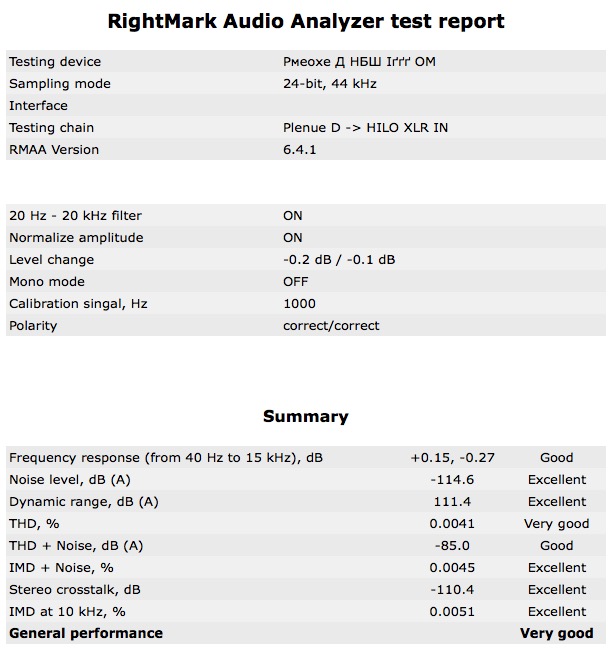Disclaimer: I purchased the Plenue D from e-earphone at full retail price (~250$ USD). I will publish a full review of it at Headfonia in a few weeks.
Subject: Cowon Plenue D
Even tacked down, my still-shiny Plenue D slid off my photography table, hit the tripid, hit the c-stand, hit the floor. Thank the gods the screen didn’t shatter. The series of accidents gave me and excuse to pinch and prod, the summary of which is this: Plenue D isn't as solidly built as the original AK100. It is nicely machined though, and attacks its user with fewer Korean corners. More so than the Astell&Kern, plates in its face and ass flex under mild thumb-and-finger pressure. Cowon prettied up little D by adding glitter to its polished flanks before sliding it in a brushed back capping it in a fully polished cap. Basically, they covered portable audio design trope but the serrated logo.
Like the original AK100, it is compact and pocketable. If only it sported an output circuit that tracked with the MS-AK100 or Calyx M.
Plenue D is super light, and pretty well laid out. So are its slender box and accessory package. The interface is a simple hierarchal list which is trashed by awfully placed, computer-like calls-to-action buttons and sluggish feedback. You can’t swipe left or right. Menu items terminate in X-to-close radio buttons. The volume scale is decimal, stopping at 100 rather than arbitrary options like 75 (Astell&Kern AK Jr) or 160 (Onkyo DP-X1). A coloured LED ring goes green when charging is done, red whilst still sucking the mains. Beautifully logical.
Its nearly silent background is class-leading, rivalling the most expensive audiophile DAPs out there. While not 100% stable, Plenue D shows very little load effect: certainly against dynamic range, noise, and distortion. Its stereo signal suffers something awful under load, but at normal listening levels, doesn’t fall far from the pack. To be honest, I expected better, but I’m reasonably happy. Volume-matched, it follows the excellent signature of the iPhone 6, and punches in just below the iPhone in output power. I should also mention that my unit has a -0,2dB imbalance, favouring the L side. Outside of placebo, it shouldn't be audible.
I will be going into more detail about it at Headfonia in a couple of week.
Anyway, onto RMAA.
The following Rightmark Audio Analyzer tests were conducted through this equipment.
Source: Cowon Plenue D
ADC: Lynx Studio HILO LT-TB
Computer: 2012 27" iMac
Cables: 1,5m Hosa Pro 3,5mm stereo to dual 3-pin XLR (around 8$); bespoke y-split 2,5 TRRS to dual 3-pin XLR made by Musashi Sound Technology.
Loads:
NL - no load
SM2 - Earsonics SM2
ES7 - Audio Technica ES7
DT880 - Beyerdynamic DT880/600
24-bit all loads results @+0dBV - headphone output
24-bit @+0dBV - headphone output summary
End words
For an audiophile player, Plenue D is compact and handsome. Its Korean edges are few, and less painful than the ones found in modern Astell&Kern devices. Its battery life appears to be pretty good (more on that later), but its interface is sluggish and its audio performance isn't notably better than a good smartphone. Specifically, its stereo signal is troublesome. But that form factor and the myriad audio adjustments for which Cowon are famous are truly tempting.




